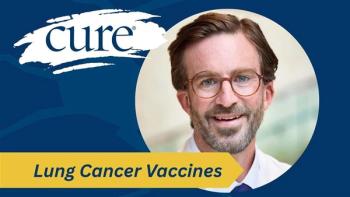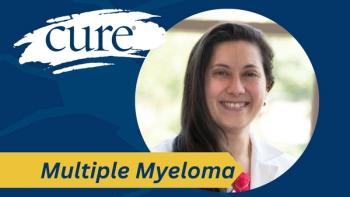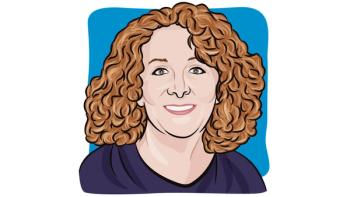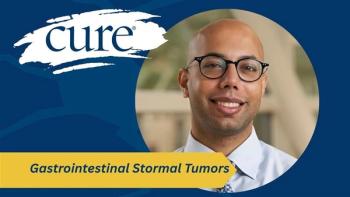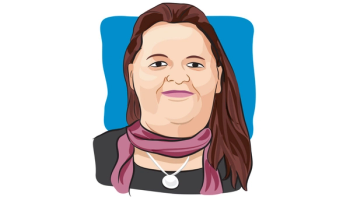
Outpatient CAR T-Cell Therapy May Be a Safe Option

Outpatient CAR T therapy has reduced hospital stays by two-thirds while maintaining safety for those with blood cancers, according to Dr. Olalekan Oluwole.
Dr. Olalekan O. Oluwole, an attending physician at Vanderbilt University Medical Center who treats patients with high-risk leukemias and lymphomas, discussed how CAR T-cell therapy has evolved to become safer and more manageable outside the hospital setting.
Early in the development of CAR T-cell therapy, patients were hospitalized for at least two weeks due to the risk of severe side effects such as high fever, low blood pressure and neurologic symptoms. “These immune cells are engineered to be highly targeted,”
Over time, researchers introduced preemptive medications and refined monitoring protocols. As a result, Dr. Oluwole and his team implemented a new outpatient model that allows patients to receive CAR T-cell therapy and be observed outside of the hospital. Patients can be admitted quickly if needed, but this approach has significantly reduced inpatient stays, cutting hospital days by about two-thirds, while maintaining safety and improving quality of life.
Transcript
How does receiving CAR T-cell therapy in an outpatient setting compared to traditional inpatient administration experiences in terms of safety and monitoring?
These immune cells are engineered to be highly targeted. Like the natural immune system, which fights bacteria and viruses by causing fever and inflammation, these modified cells recognize and attack leukemia and lymphoma in the same way. As a result, they can become highly activated and cause serious side effects like high fevers, low blood pressure, confusion, or neurological issues.
For the first two weeks after CAR T-cell therapy, patients must be closely monitored. If the immune response becomes too intense, we can dampen it using tocilizumab or corticosteroids to protect the patient. Early in our experience, all patients were hospitalized for at least two weeks, often needing ICU care. But we learned quickly, developed protocols, and found ways to make the treatment safer and more tolerable, including using preemptive medications.
This progress led us to ask: do all patients still need to stay in the hospital? While hospitals offer rapid access to care, the quality of life is better outside of them. That’s why my colleagues and I developed an outpatient approach. We now administer CAR T-cell therapy and monitor patients in the outpatient setting, using the safety measures we’ve refined over the years. If a patient needs to be admitted, we can bring them in within an hour for immediate care.
Thanks to this model, we’ve significantly reduced hospital stays—using about one-third as many inpatient days compared to when all patients were hospitalized throughout treatment.
Transcript has been edited for clarity and conciseness.
For more news on cancer updates, research and education,

